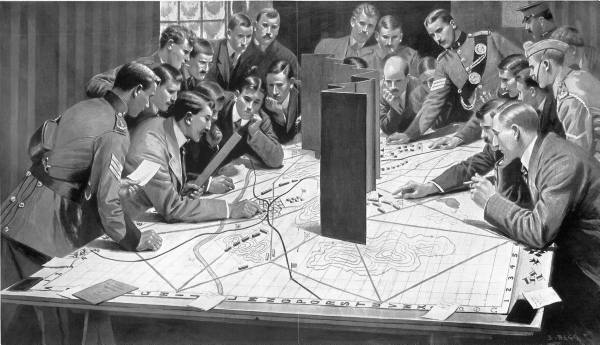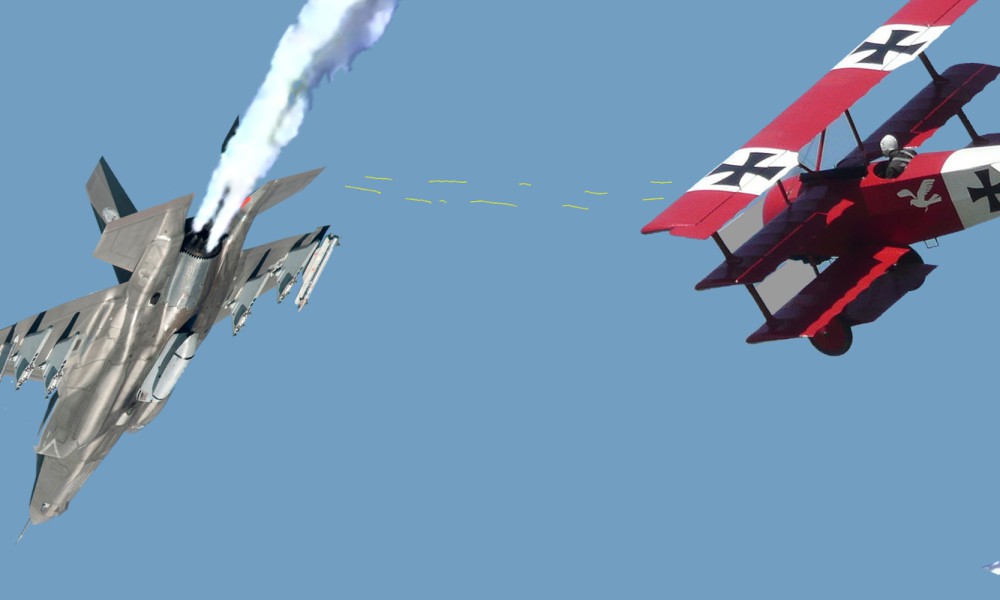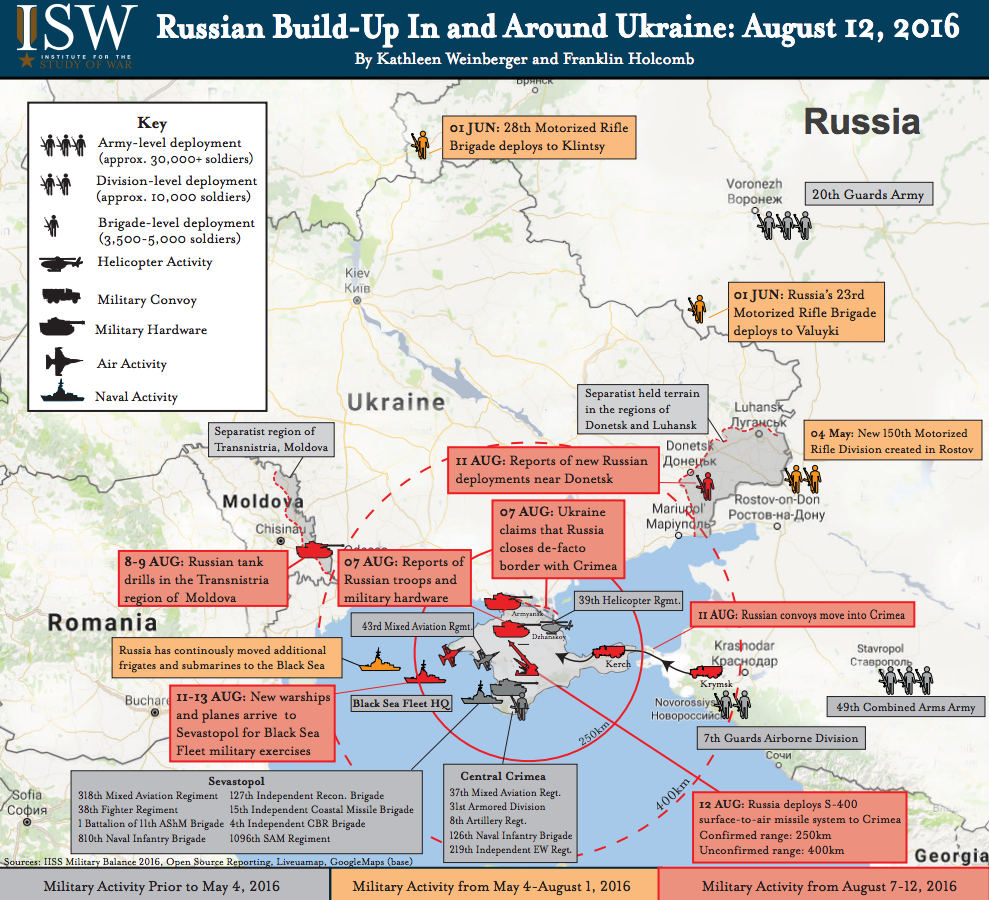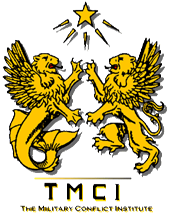
Over at Tom Ricks’ Best Defense blog, Brigadier General John Scales (U.S. Army, ret.) relates a personal story about the use and misuse of combat modeling. Scales’ tale took place over 20 years ago and he refers to it as “cautionary.”
I am mindful of a time more than twenty years ago when I was very much involved in the analyses leading up to some significant force structure decisions.
A key tool in these analyses was a complex computer model that handled detailed force-on-force scenarios with tens of thousands of troops on either side. The scenarios generally had U.S. Amy forces defending against a much larger modern army. As I analyzed results from various runs that employed different force structures and weapons, I noticed some peculiar results. It seemed that certain sensors dominated the battlefield, while others were useless or nearly so. Among those “useless” sensors were the [Long Range Surveillance (LRS)] teams placed well behind enemy lines. Curious as to why that might be so, I dug deeper and deeper into the model. After a fair amount of work, the answer became clear. The LRS teams were coded, understandably, as “infantry”. According to model logic, direct fire combat arms units were assumed to open fire on an approaching enemy when within range and visibility. So, in essence, as I dug deeply into the logic it became obvious that the model’s LRS teams were compelled to conduct immediate suicidal attacks. No wonder they failed to be effective!
Conversely, the “Firefinder” radars were very effective in targeting the enemy’s artillery. Even better, they were wizards of survivability, almost never being knocked out. Somewhat skeptical by this point, I dug some more. Lo and behold, the “vulnerable area” for Firefinders was given in the input database as “0”. They could not be killed!
Armed with all this information, I confronted the senior system analysts. My LRS concerns were dismissed. This was a U.S. Army Training and Doctrine Command-approved model run by the Field Artillery School, so infantry stuff was important to them only in terms of loss exchange ratios and the like. The Infantry School could look out for its own. Bringing up the invulnerability of the Firefinder elicited a different response, though. No one wanted to directly address this and the analysts found fascinating objects to look at on the other side of the room. Finally, the senior guy looked at me and said, “If we let the Firefinders be killed, the model results are uninteresting.” Translation: None of their force structure, weapons mix, or munition choices had much effect on the overall model results unless the divisional Firefinders survived. We always lost in a big way. [Emphasis added]
Scales relates his story in the context of the recent decision by the U.S. Army to deactivate all nine Army and Army National Guard LRS companies. These companies, composed of 15 six-man teams led by staff sergeants, were used to collect tactical intelligence from forward locations. This mission will henceforth be conducted by technological platforms (i.e. drones). Scales makes it clear that he has no personal stake in the decision and he does not indicate what role combat modeling and analyses based on it may have played in the Army’s decision.
The plural of anecdote is not data, but anyone familiar with Defense Department combat modeling will likely have similar stories of their own to relate. All combat models are based on theories or concepts of combat. Very few of these models make clear what these are, a scientific and technological phenomenon known as “black boxing.” A number of them still use Lanchester equations to adjudicate combat attrition results despite the fact that no one has been able to demonstrate that these equations can replicate historical combat experience. The lack of empirical knowledge backing these combat theories and concepts was identified as the “base of sand” problem and was originally pointed out by Trevor Dupuy, among others, a long time ago. The Military Conflict Institute (TMCI) was created in 1979 to address this issue, but it persists to this day.
Last year, Deputy Secretary of Defense Bob Work called on the Defense Department to revitalize its wargaming capabilities to provide analytical support for development of the Third Offset Strategy. Despite its acknowledged pitfalls, wargaming can undoubtedly provide crucial insights into the validity of concepts behind this new strategy. Whether or not Work is also aware of the base of sand problem and its potential impact on the new wargaming endeavor is not known, but combat modeling continues to be widely used to support crucial national security decisionmaking.




!["The Ultimate Sand Castle" [Flickr, Jon]](https://dupuyinstitute.dreamhosters.com/wp-content/uploads/2016/08/Ultimate_Sand_Castle-680x1024.jpg)

